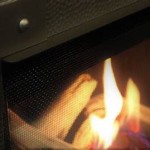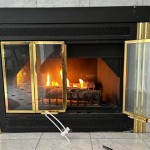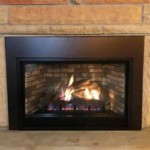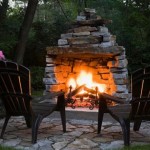Elevating Your Fireplace: Mantel and Hearth Ideas for Every Style
The fireplace, a time-honored focal point of the home, offers warmth and visual appeal. The mantel and hearth, integral components of a fireplace, contribute significantly to its overall aesthetic and functionality. Selecting the appropriate mantel and hearth design allows homeowners to personalize their living spaces, creating a cohesive and inviting atmosphere.
This article examines a variety of mantel and hearth ideas, exploring different materials, styles, and design considerations to inspire homeowners in their quest to enhance their fireplaces. Considerations are given to elements such as budget and design trends, and how to incorporate personal flair into the design of the fireplace area.
Material Selection: Durability and Aesthetic Appeal
The selection of materials for the mantel and hearth heavily influences both the longevity and the aesthetic character of the fireplace. Common materials include wood, stone, brick, concrete, and metal, each offering unique properties and visual characteristics. The specific material choice should align with the overall design style of the room and the homeowner's preferences regarding texture, color, and maintenance.
Wood mantels provide a classic and versatile option, suiting various design styles from rustic to contemporary. Reclaimed wood, with its inherent character and history, adds a touch of warmth and authenticity. Hardwoods like oak, maple, and cherry offer durability and resistance to wear and tear. When selecting wood, it is important to consider the potential for warping or cracking due to heat exposure, necessitating proper sealing and maintenance.
Stone mantels exude elegance and permanence. Natural stone options like marble, granite, and limestone offer unique veining and color variations, adding a touch of sophistication. Faux stone alternatives provide a more cost-effective option while still replicating the appearance of natural stone. Stone is a fire-resistant material, making it a safe and durable choice for both the mantel and hearth.
Brick mantels and hearths are often associated with traditional or rustic interiors. Brick offers a warm and textured appearance, available in various colors and patterns. It is a durable and fire-resistant material, making it suitable for high-heat environments. Brick can be used to create a cohesive design by extending the fireplace surround to the mantel and hearth.
Concrete mantels and hearths provide a modern and industrial aesthetic. Concrete can be molded into various shapes and sizes, offering design flexibility. It can be stained or polished to achieve different finishes, ranging from sleek and smooth to textured and rustic. Concrete is a durable and fire-resistant material, although it may require sealing to prevent staining.
Metal mantels offer a sleek and contemporary alternative. Metal options include steel, iron, and copper, each offering unique visual characteristics. Metal can be powder-coated or painted in various colors to match the surrounding décor. While metal is fire-resistant, it can become hot to the touch, requiring careful consideration of placement and safety.
Design Styles: Matching Your Home's Architecture
The design style of the mantel and hearth should complement the overall architectural style of the home. Whether the home embraces a traditional, modern, rustic, or eclectic aesthetic, the fireplace should integrate seamlessly with the existing décor. Considering the existing style ensures that the fireplace enhances the ambiance of the room rather than clashing with it.
Traditional mantels often feature ornate carvings, decorative moldings, and classical details. They are typically made of wood or stone and are often paired with a complementary hearth material, such as marble or granite. Traditional mantels often incorporate elements such as fluted pilasters, dentil molding, and corbels.
Modern mantels embrace clean lines, minimalist aesthetics, and geometric shapes. They often feature simple designs made of concrete, metal, or wood. Modern mantels tend to be less ornate than traditional mantels, focusing on functionality and visual simplicity. They can be paired with a variety of hearth materials, including concrete, tile, or glass.
Rustic mantels incorporate natural materials, rough textures, and organic forms. They often feature reclaimed wood, exposed brick, or natural stone. Rustic mantels evoke a sense of warmth and authenticity, making them ideal for cabins, country homes, or farmhouses. They can be paired with a variety of hearth materials, including slate, flagstone, or river rock.
Eclectic mantels combine elements from different styles and eras, creating a unique and personalized look. They may feature a mix of materials, colors, and textures. Eclectic mantels offer the opportunity to express individual creativity and design preferences. They can be paired with a variety of hearth materials, depending on the desired aesthetic.
Transitional mantels bridge the gap between traditional and modern styles, incorporating elements from both. They often feature clean lines with subtle decorative details. Transitional mantels are versatile and can be adapted to suit various interior design schemes. They can be paired with a variety of hearth materials, such as tile, stone, or wood.
Functionality and Safety Considerations
Beyond aesthetics, the functionality and safety of the mantel and hearth are of paramount importance. The mantel should provide a suitable surface for displaying decorative items, while the hearth should protect the surrounding floor from sparks and embers. Additionally, local building codes and fire safety regulations should be adhered to when designing and installing a fireplace.
Mantel depth and height should be carefully considered to ensure ample space for displaying items without obstructing the fireplace opening. The mantel should be deep enough to accommodate decorative objects such as candles, picture frames, and vases. The height of the mantel should allow for comfortable viewing of the fire without straining the neck.
Hearth size and material are critical for preventing fire hazards. The hearth should extend far enough from the fireplace opening to catch any sparks or embers that may escape. The hearth material should be fire-resistant and non-combustible, such as stone, brick, or tile. The size of the hearth should comply with local building codes and fire safety regulations.
Clearance requirements should be observed to ensure adequate ventilation and prevent overheating. The mantel should be positioned at a safe distance from the fireplace opening to prevent scorching or ignition. Combustible materials, such as wood paneling or wallpaper, should be kept away from the fireplace opening to minimize the risk of fire.
Proper sealing and insulation are essential for preventing heat loss and minimizing drafts. The fireplace surround should be sealed to prevent air leakage and improve energy efficiency. Insulation should be installed behind the fireplace to prevent heat loss through the walls. Proper sealing and insulation can help to reduce heating costs and improve indoor comfort.
Childproofing measures should be implemented to protect young children from injury. Fireplace screens can prevent children from touching hot surfaces or reaching into the fire. Hearth pads can provide a soft landing surface in case of falls. Childproofing measures are essential for ensuring the safety of young children in households with fireplaces.
Consider incorporating built-in storage solutions around the fireplace. Bookshelves, cabinets, or drawers can be integrated into the design to provide storage for firewood, blankets, or other items. Built-in storage can help to maximize space and keep the area around the fireplace organized. Consider the style of the room while choosing what type of storage would fit the design aesthetic.
Lighting plays a crucial role in enhancing the ambiance of the fireplace. Recessed lighting, sconces, or spotlights can be used to highlight the mantel and hearth. Dimmable lighting can create a cozy and inviting atmosphere. Consider incorporating a lighting scheme that complements the overall design of the room and accentuates the fireplace.
Artwork or mirrors can be hung above the mantel to create a focal point. Select artwork or mirrors that complement the style and color scheme of the room. Consider the size and scale of the artwork or mirror to ensure that it is proportional to the mantel. Artwork or mirrors can add visual interest and personality to the fireplace area.
Seasonal décor can be displayed on the mantel to celebrate holidays or special occasions. Seasonal decorations, such as garlands, wreaths, or candles, can add a festive touch to the fireplace area. Consider changing the décor seasonally to keep the fireplace looking fresh and inviting. This allows for the continued personalization of the space throughout the year.
Ultimately, the most effective mantel and hearth ideas combine aesthetic appeal with practical functionality and safety considerations. By carefully considering material selection, design style, and safety regulations, homeowners can create a fireplace that enhances the beauty and comfort of their homes.

Fireplace Hearth Ideas Photos Houzz

15 Fireplace Ideas To Elevate Any Mantel Time Of The Year Farm House Living Room Remodel Renovation

35 Fireplace Mantel Ideas For A Heavenly Hearth Bored Panda

50 Cozy Fireplace Ideas Best Mantel Decor

Fireplace Decor Hearth Design Tips

35 Fireplace Mantel Ideas For A Heavenly Hearth Bored Panda

5 Beautiful Fireplace Mantel Decor Ideas
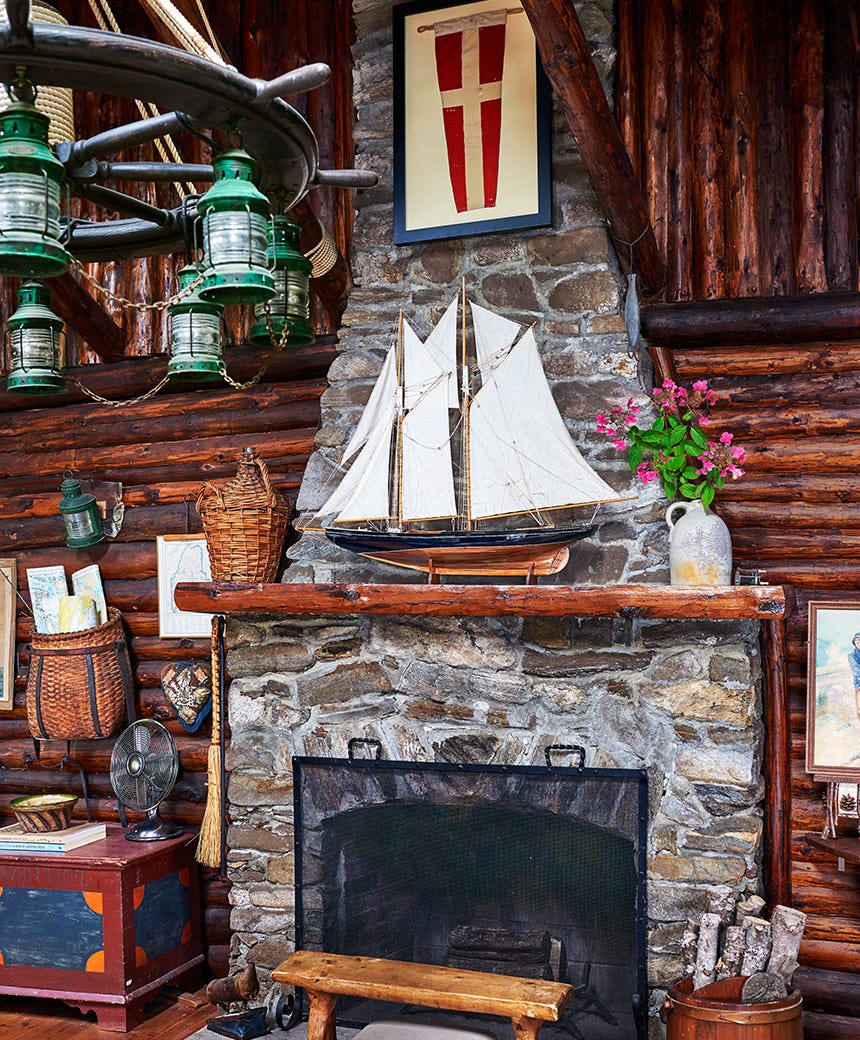
50 Cozy Fireplace Ideas Best Mantel Decor

19 Fireplace Mantel Ideas Decor

My Winter Fireplace Mantel And Hearth Worthing Court Diy Home Decor Made Easy
Related Posts


